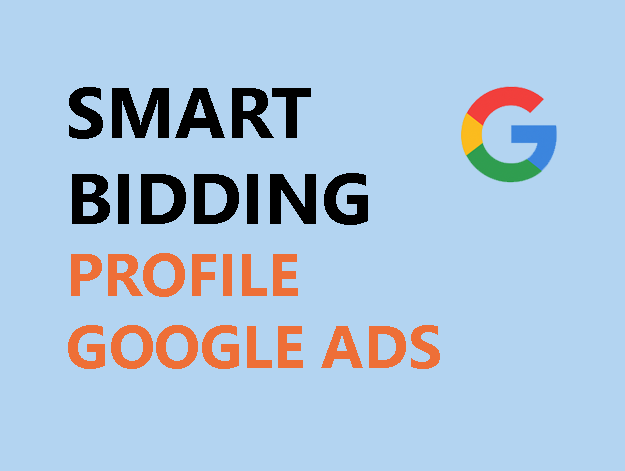Smart Bidding in Google Ads promises better results through machine learning and automation.
But here’s the catch: Smart Bidding only works as well as the inputs you give it. If you’re feeding in the wrong goals — like basic form fills or pageviews — you might be scaling low-value actions, not actual business outcomes.
In this blog, we explore how to use Smart Bidding to optimise for profit, not just volume — with strategies for businesses operating globally and throughout NZ and AU.
What Smart Bidding Actually Does
- Uses auction-time signals (device, location, time, audience, etc.) to predict conversion likelihood
- Adjusts bids dynamically based on real-time data
- Works best with strong conversion data and clear value signals
Why Optimising for Volume Alone Is Risky
- Not all conversions have equal business impact
- You may end up chasing low-cost leads that never close
- It encourages spend in cheaper but less valuable segments
- ROAS and profitability can suffer despite ‘good’ volume metrics
How to Optimise Smart Bidding for Profit
1. Define High-Value Conversions
Use offline conversion imports or enhanced conversions to track sales-qualified leads, transactions, or revenue.
2. Apply Conversion Value Rules
Tell Google which conversions matter more (e.g., by device, audience, region).
3. Use Target ROAS Instead of Max Conversions
Scale profitably, not just quickly.
4. Feed in AOV and Lifetime Value Data
Use custom conversion values to prioritise long-term wins.
5. Segment Campaigns by Margin or Product Type
Avoid blending high-margin and low-margin items in the same campaign.
Case Study – Global E-commerce Brand with AU Focus
An Australian wellness brand moved from Maximise Conversions to Target ROAS, prioritising high-AOV products. By importing true revenue data and applying value rules by region and customer segment, they increased profit margins by 39% while maintaining overall sales volume.
Common Mistakes to Avoid
- Setting Smart Bidding without tracking actual revenue
- Counting low-quality form submissions as conversions
- Using one ROAS target for vastly different product lines
- Letting PMax auto-run without auditing asset groups
Final Thoughts
Smart Bidding is powerful — but only when pointed in the right direction.
With better conversion data, clear goals, and campaign segmentation, you can train the algorithm to prioritise profit, not just traffic. The result? Scalable, sustainable growth.
Metrics Media supports brands globally — with local expertise in NZ and AU — in building Smart Bidding frameworks that optimise for margin and lifetime value.
📧 Want to train your Google Ads account for profit? Get in touch: info@metricsmedia.co.nz



